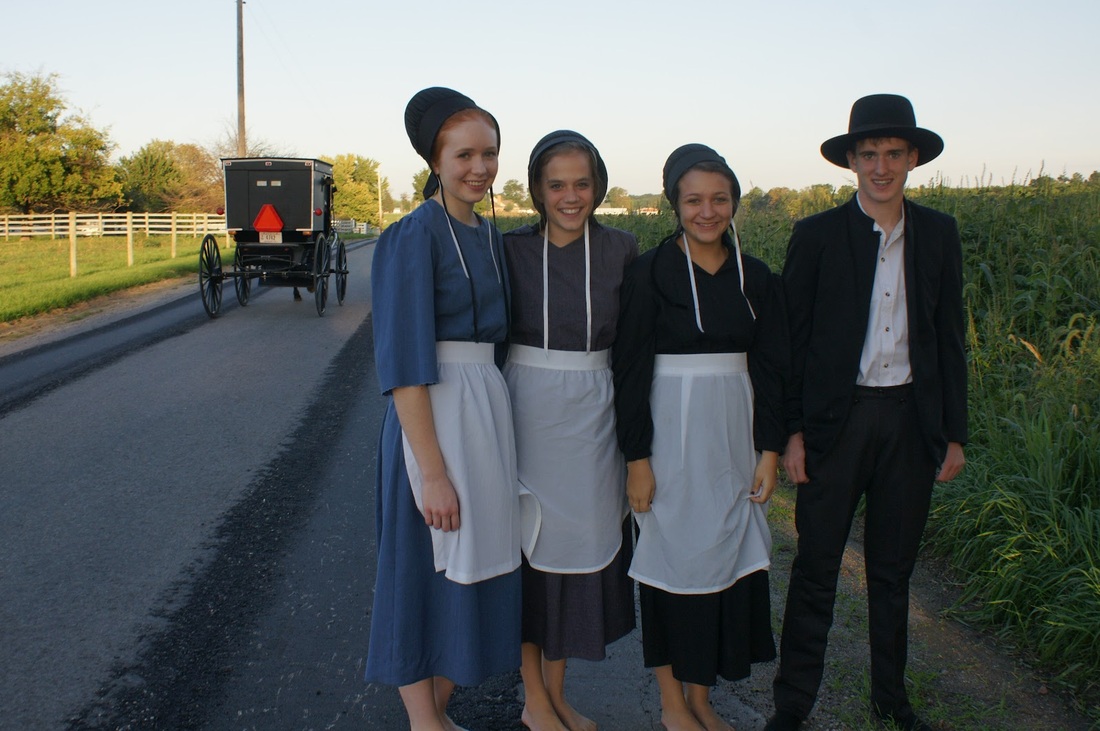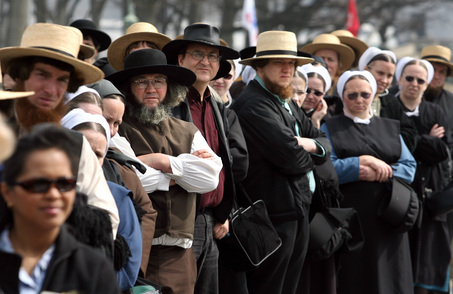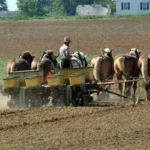The Growth of Amish Culture in Modern America
Amish culture in modern America continues to grow and thrive despite the pressures of contemporary society. While maintaining traditional values of faith, family, and simplicity, Amish communities have expanded in population, geography, and cultural influence. Understanding this growth reveals how the Amish balance heritage with adaptation, creating a unique presence in today’s world.
Expanding Populations
Amish communities have experienced significant population growth in recent decades. High birth rates and strong family structures contribute to thriving settlements. Children learn the values, skills, and traditions of their communities from a young age, ensuring continuity across generations.
This population growth allows Amish settlements to expand into new areas, creating opportunities for farming, craftsmanship, and small businesses while maintaining close-knit social structures.
Geographic Expansion
Originally concentrated in Pennsylvania, Ohio, and Indiana, Amish communities have spread across the United States. Settlements now exist in states such as Michigan, Wisconsin, Kentucky, and Missouri.
This geographic expansion allows the Amish to find affordable farmland and establish self-sufficient communities. Each new settlement adheres to core cultural principles, including plain dress, horse-drawn transportation, and community cooperation, preserving their identity while reaching new regions.
Economic Contributions
Amish communities contribute significantly to local economies through agriculture, craftsmanship, and small businesses. They produce high-quality furniture, quilts, baked goods, and other artisanal products.
Farm markets, craft shops, and local fairs offer both residents and visitors access to Amish goods. These economic activities support families and communities while preserving traditional skills that have been passed down through generations.
Education and Skills Preservation
Education plays a crucial role in sustaining Amish culture. Children typically attend one-room schools focused on reading, writing, arithmetic, and practical skills. Religious instruction reinforces moral and ethical values.
Hands-on learning ensures that traditional skills such as farming, woodworking, quilting, and cooking continue to thrive. This approach allows the Amish to maintain independence, self-sufficiency, and cultural heritage in a rapidly changing world.
Maintaining Cultural Identity
Despite expansion and exposure to modern society, the Amish remain committed to cultural preservation. Plain dress, limited technology use, and faith-centered living continue to define community life.
Religious observances, community events, and cooperative practices strengthen social cohesion. By prioritizing values over convenience, Amish communities retain their unique identity while coexisting with modern America.
Interaction with the Broader Society
Although the Amish avoid certain modern technologies, they interact with broader society through commerce, healthcare, and education partnerships. Tourists visiting Amish areas gain insight into their lifestyle, crafts, and traditions.
These interactions provide opportunities for cultural exchange without compromising core beliefs. The Amish demonstrate that communities can engage selectively with modern society while protecting heritage and values.

Lessons from Amish Growth
The growth of Amish culture in modern America illustrates the importance of intentional living, community, and adaptability. By maintaining traditions, teaching practical skills, and fostering strong family structures, the Amish ensure that their culture thrives across generations.
Observers can learn how balancing preservation with selective adaptation allows a society to grow while retaining its core identity and principles.
Conclusion
Amish culture continues to grow in modern America through population expansion, geographic spread, economic contributions, and education. Communities maintain traditions of faith, simplicity, and family while selectively interacting with the wider world. This growth demonstrates the resilience and adaptability of Amish culture, providing a model for preserving heritage in the modern era. By exploring Amish communities today, one can appreciate how a centuries-old culture remains vibrant, relevant, and deeply connected to its values.



